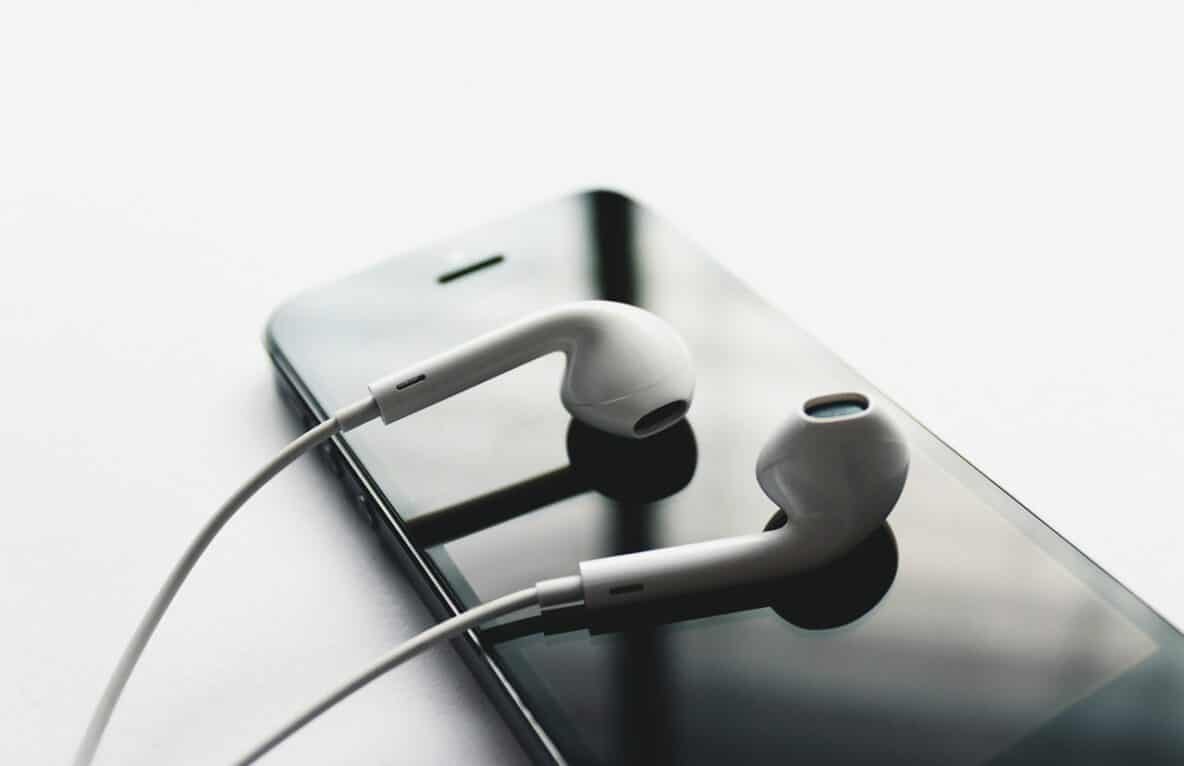We all know about earbuds—they become nearly iconic as a sign of independence with personal listening devices. Earbuds are tiny speakers which fit right in the ear canal for a superior fit. More portable and smaller than most standard over-the-ear headphones, earbuds have become the hallmark of a younger generation on the go—however, they come with a serious health hazard. In fact, recently, the World Health Organization projected that up to 1.1 billion people worldwide between the age of 12- and 35 are at risk for noise-induced hearing loss due to exposure to loud noise at entertainment venues and the use of personal listening devices such as earbuds. While earbuds can truly be a hazard, what is important to understand is that by listening safely, you can minimize the risk of hearing loss.
Understanding Noise-Induced Hearing Loss
To understand how to protect yourself from noise-induced hearing loss it’s important to understand how it works. Sound is measured by loudness in decibels. As the decibels rise the time it takes for damage to occur gets shorter. Under safe listening thresholds, the length of noise exposure is indefinite without sustaining damage. However, past 85 dBA, this changes quickly. An exposure of 85 dBA for right hours or more can start to cause permanent hearing damage. However, for every increase of three decibels the exposure time is cut in half. By the time decibels reach 88 dBA it only takes 4 hours for damage to occur and by the time it reaches 91 dBA it can occur in two. Earbuds are dangerous because they can reach decibel levels as high as 100 dBA, loud enough to damage hearing in 15 minutes, however, due to unlimited streaming of media, many people of all ages listen for hours on end.
Earbuds- A threat to our hearing
Between 1994 and 2005, with the rise of the iPod, the use of earbuds increased by 75% and unfortunately it is estimated half of the people who use them set their volume at unsafe levels. Not only do these headphones contribute to noise induced hearing loss but create what is known as a temporary threshold shift at high volumes. Typically, when someone experiences exposure to a very loud sound, such as close proximity to an explosion, headphone use at top volumes can cause ringing of the ears, reduced hearing and the perception of sound being muffled. While this can last hours or days it eventually goes away but it is not the last time it will appear. It often marks hearing loss which will gradually develop over years.
The Impact on a New Generation
For a generation of younger people, hearing loss is an issue like never before in history due to the seemingly endless supply of media, movies, music, video games, podcasts and more. Hearing loss is not just an ear issue but a communication issue as well as a way in which we navigate the world. While age is one of the greatest factors causing hearing loss, affecting one in three over the age of 65 and half over 75 years and older, a whole new generation is facing hearing loss, earlier than ever before. This means that communication is affected, causing rifts in relationships, chronic depression, social isolation, cognitive decline and a loss of earnings.
The Rule of 60%
The important thing to understand is that you can have earbuds and headphones in your life, you just must listen safely. This means observing the 60 percent rule. Don’t turn the volume up past 60 percent of the available volume and make sure to take listening breaks every 30 to 60 minutes.
Don’t Turn Music Up, Turn Noise Down
Another way to listen safely is to invest in noise canceling headphones. When we listen to normal headphones in noisy environments, we are tempted to turn the volume up to block out sound but this puts our listening habits in the territory of unsafe listening levels before we know it. A better option is noise canceling headphones and earbuds which detect the ambient sound of a busy café or train and send out an inverted wave which cancels out the noise and creates a listening environment in your ears to listen at a safe level.
To find out more tips about how to listen safely contact us to set up a hearing exam and find out what we can do for you and your hearing health.

